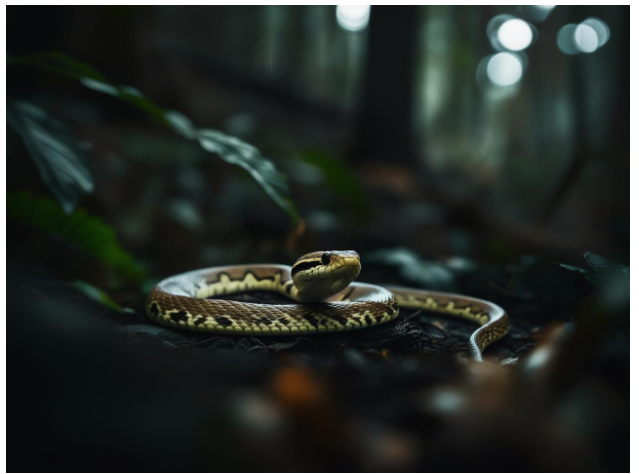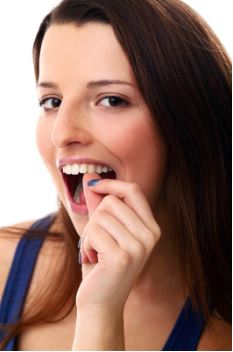Are South Carolina Hiding Dangerous Snakes Under its Beauty?
South Carolina is a state of a vast diversity of animals. Snakes are not an exception. This single state has around 38 native snake species, of which 6 are venomous.
Interestingly, all the snakes are small in size except the Diamondback which is later mentioned in this article. But is any snake in South Carolina dangerous enough to kill a human?
Well, to get an answer to this question, you have to read this entire article for more details of their venom potency.
Snakes in South Carolina
Snakes in South Carolina have various habitats depending on the species they belong to. However, most snakes can reach human habitats in search of food.
They often prey upon rodents, small insects, amphibians, and lizards. So, they frequently visit our houses occasionally to find food and seek shelter. In winter, they seek refuge in homes as they cannot regulate their body temperature.
They look for safe and warm locations. These places could be your attic, crawl spaces, or even furniture. So, should you worry about them?
Not all snakes are venomous in SC. So, the non-venomous snakes are not dangerous as they are not big enough to swallow a human, like pythons, boas, and anacondas.
You will most likely have to visit a doctor to clean the wound or stop blood if there is excessive bleeding after being bitten by a non-venomous snake. Also, you will feel some pain. However, their bites are not strong enough to break your bone or do severe damage.
So, we can safely remove them from the list of dangerous snakes in South Carolina and focus on those that pose real threats to humans and pets.
Do any snakes pose a threat?
Yes, for sure! Those venomous ones are highly dangerous snakes. Here are the venomous snakes in South Carolina:
- Pygmy rattlesnake
- Copperhead
- Eastern Diamondback
- Coral Snake
- Timber Rattlesnake
- Cottonmouth
Guess which one is the most dangerous? Let me tell you the details of each for better analysis.
Copperhead is the least dangerous, but its bite still makes you visit a doctor. Without treatment, your body is likely to face serious complications. However, the symptoms will not be fatal.
Then comes pygmy rattlesnake, which is relatively small but more venomous. Envenomation delivers a small amount of venom. However, it can cause blurred vision, lightheadedness, nausea and vomiting, and difficulty breathing.
This is a type of rattlesnake, but its rattle is often ignored or mistaken for insect buzzing due to its small size. This increases the likelihood of unintentional encounters. However, it is shy and will only attack when it feels threatened.
Now comes cottonmouth or water moccasin. The snake got its name due to its white mouth. Water Mocassin often lives near water. The venom can cause serious complications.
Without medical help, the venom will cause tissue and muscle damage, difficulty breathing, weakness, disrupted blood pressure, heartbeat change, and blood clotting issues. Its fatality rate is 1%.
Timber Rattlesnake is more dangerous than all of the previous snakes. They also have bigger sizes than previous snakes. Without treatment, envenomation can result in death.
This snake can show similar symptoms to the envenomation of cottonmouths. Plus, it also damages the nervous system leading to organ failure.
The second most dangerous snake in South Carolina is the Eastern Diamondback. This is the most dangerous snake in certain aspects like size, aggression, and chances of encounter.
They can grow up to 8 feet. Their bite has a fatality rate of 10%. Envenomation leads to severe pain, damaged nervous system, organ failure, and blood clotting issues. Without treatment, the person will be dead.
Now comes the most dangerous snake: the Eastern Coral Snake. You are less likely to encounter this snake in your home or outside as it often remains in hidden places. The chances of interaction are very less. This snake is also very shy. However, it can bite in defense.
Without an antivenom, the person will die. This snake is less in size than Diamondback but has more potent venom than all of the dangerous snakes in South Carolina.
Its bite shows symptoms 12 hours later. These include paralysis, damaged nervous and respiratory system, organ failure, difficulty speaking and breathing, and muscle weakness.
This snake is often mistaken for scarlet kingsnake, which is harmless. You must go away if you see a snake with red, yellow, and black rings on its body. But what to do if one of these snakes is in your house?
What to do when you encounter a snake?
You should not kill a snake or try to handle it outside, as it is illegal in South Carolina. Also, you might end up getting bitten. In this scenario, you need a professional snake removal in Columbia SC.
Blythewood Wildlife Removal is a professional and certified agency known for humane animal removal in South Carolina. If you spot a snake in your house, contact them for snake removal and thorough property inspection.




